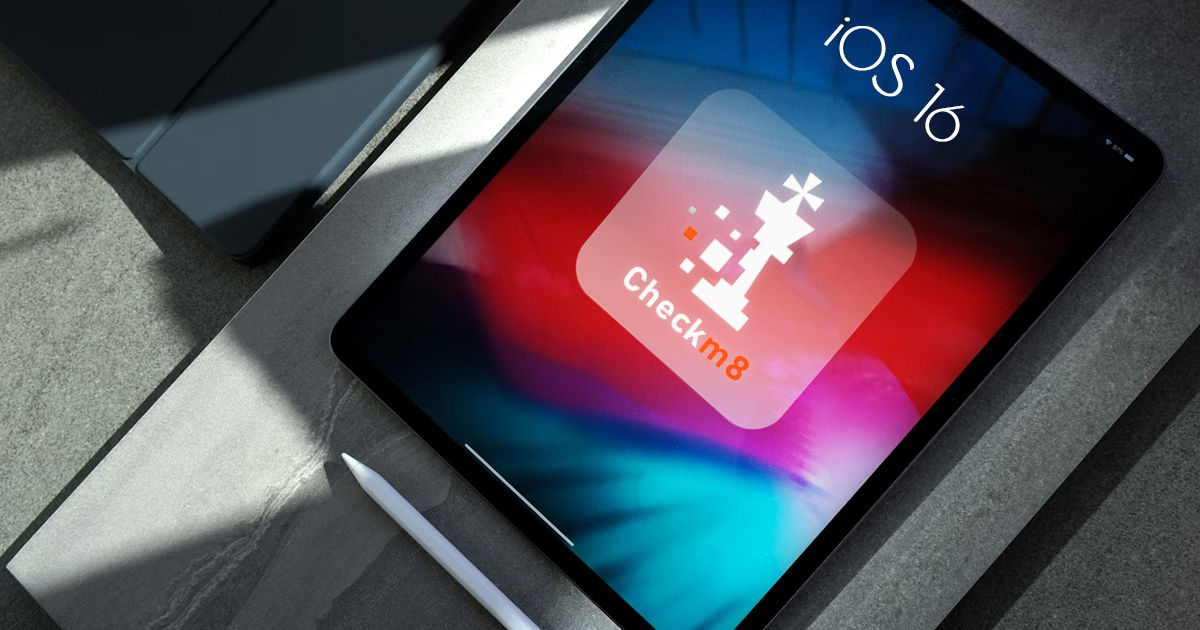If you are familiar with breaking passwords, you already know that different tools and file formats require a very different amount of efforts to break. Breaking a password protecting a RAR archive can take ten times as long as breaking a password to a ZIP archive with the same content, while breaking a Word document saved in Office 2016 can take ten times as long as breaking an Office 2010 document. With solutions for over 300 file formats and encryption algorithms, we still find iTunes backups amazing, and their passwords to be very different from the rest of the crop in some interesting ways. In this article we tried to gather everything we know about iTunes backup passwords to help you break (or reset) their passwords in the most efficient way.
Elcomsoft Distributed Password Recovery, Elcomsoft iOS Forensic Toolkit, Elcomsoft Phone Breaker, Elcomsoft Phone Viewer, iCloud, iOS, iOS backups, iTunes, iTunes backups, jailbreak, keychain
Today’s smartphones and wearable devices collect overwhelming amounts of data about the user’s health. Health information including the user’s daily activities, workouts, medical conditions, body measurements and many other types of information is undoubtedly one of the most sensitive types of data. Yet, smartphone users are lenient to trust this highly sensitive information to other parties. In this research, we’ll figure out how Apple and Google as two major mobile OS manufacturers collect, store, process and secure health data. We’ll analyze Apple Health and Google Fit, research what information they store in the cloud, learn how to extract the data. We’ll also analyze how both companies secure health information and how much of that data is available to third parties.
In Apple’s world, the keychain is one of the core and most secure components of macOS, iOS and its derivatives such as watchOS and tvOS. The keychain is intended to keep the user’s most valuable secrets securely protected. This includes protection for authentication tokens, encryption keys, credit card data and a lot more. End users are mostly familiar with one particular feature of the keychain: the ability to store all kinds of passwords. This includes passwords to Web sites (Safari and third-party Web browsers), mail accounts, social networks, instant messengers, bank accounts and just about everything else. Some records (such as Wi-Fi passwords) are “system-wide”, while other records can be only accessed by their respective apps. iOS 12 further develops password auto-fill, allowing users to utilize passwords they stored in Safari in many third-party apps.
Apple, EDPR, EIFT, Elcomsoft Distributed Password Recovery, Elcomsoft iOS Forensic Toolkit, Elcomsoft Phone Breaker, Elcomsoft Phone Digger, Elcomsoft Phone Viewer, EPB, EPD, iCloud, iOS, iTunes, jailbreak, keychain, Keychain Access, macOS
Health data is among the most important bits of information about a person. Health information is just as sensitive as the person’s passwords – and might be even more sensitive. It is only natural that health information is treated accordingly. Medical facilities are strictly regulated and take every possible security measure to restrict access to your medical records.
Heartrate, sleeping habits, workouts, steps and walking routines are just a few things that come to mind when we speak of Apple Health. Introduced in September 2014 with iOS 8, the Apple Health app is pre-installed on all iPhones. The app makes use of low-energy sensors, constantly collecting information about the user’s physical activities. With optional extra hardware (e.g. Apple Watch), Apple Health can collect significantly more information. In this article we’ll talk about the types of evidence collected by Apple Health, how they are stored and how to extract the data. (more…)
In today’s usage scenarios, messaging are not entirely about the text. Users exchange pictures and short videos, voice recordings and their current locations. These types of data are an important part of conversation histories; they can be just as valuable evidence as the text content of the chat.
iMessage is undoubtedly one of the most popular instant messaging platforms for an obvious reason: it’s built in to iOS and ships with every iPhone by default. iMessage does not require complex setup, so the number of iMessage users is closely matching the number of iPhone users. Apple sells about 200 million iPhones every year, and the total number of iPhones sold is more than a billion. Unless you absolutely must chat with someone outside of Apple’s ecosystem (like those poor Android folks), you won’t need Skype, WhatsApp or Telegram. It’s also comforting to know that iMessage works everywhere around the world while most other messengers are oppressed in one or more countries.
Cloud analysis is arguably the future of mobile forensics. Whether or not the device is working or physically accessible, cloud extraction often allows accessing amounts of information far exceeding those available in the device itself.
iOS 11.4 has finally brought a feature Apple promised almost a year ago: the iMessage sync via iCloud. This feature made its appearance in iOS 11 beta, but was stripped from the final release. It re-appeared and disappeared several times during the iOS 11 development cycle, and has finally made it into iOS 11.4. Let’s have a look at how iMessages are protected and how to download them from iCloud.
We also trust these companies in ways that we do not understand yet. How many of you trust Apple? No voting… Just me 🙂 Damn! OK. May I ask you a very good question. Trusting to do what? Trusting when they say: “iMessages are end-to-end encrypted”? I mean, with all of that massive security engineering, to make sure it’s as good as it can be, so they genuinely believe they’ve done that. I do, generally, they’re great people. But… people believe themselves they can defend themselves against the Russians. If the Russians specifically targeted Apple, it’s only they can defend themselves. – Ian Levy, director at the GCHQ on anniversary of the foundation of the FIPR event that was held on 29/04/2018).


